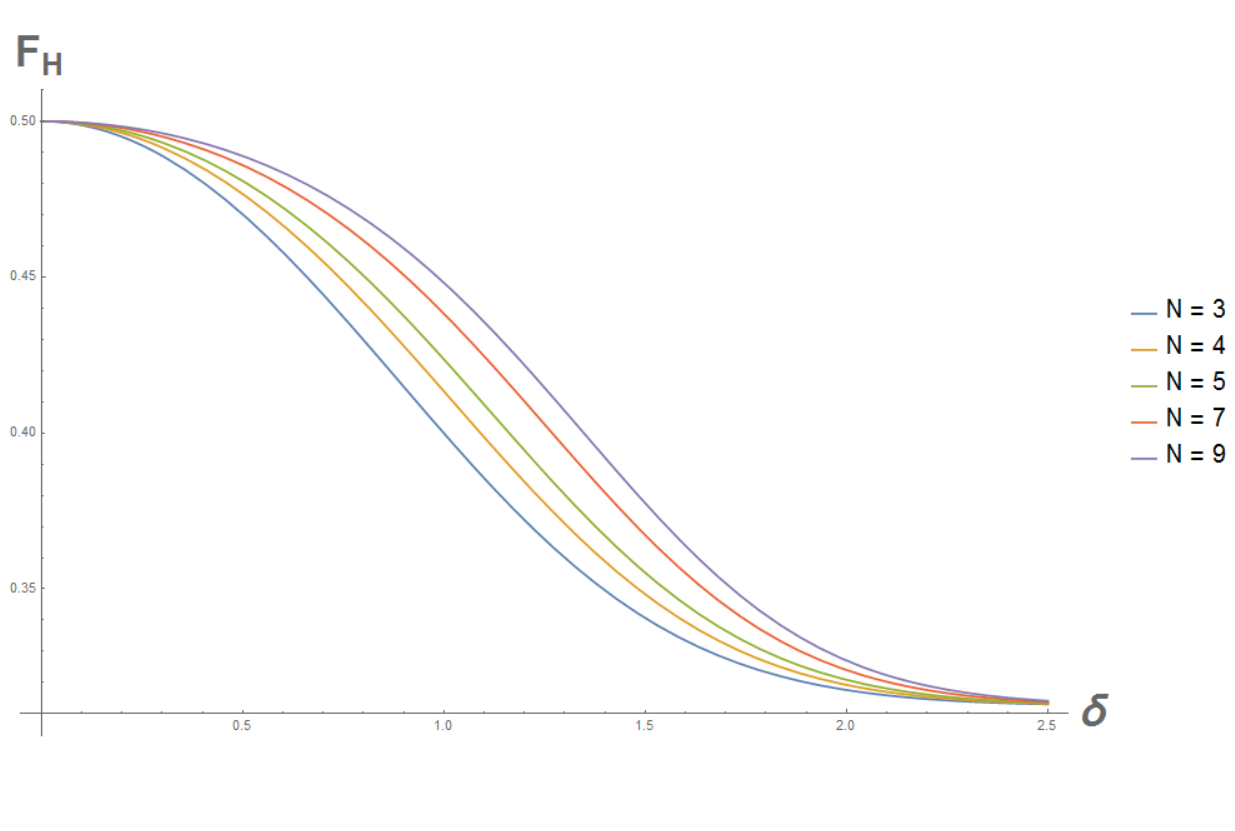Unified quantum resource theory: A framework to understand quantum non-classicality.
Madhav Krishnan V
SID: 12910725
Supervisor : Min-Hsiu Hsieh
Co-Supervisor : Peter Rhode
Non-Classicality
Quantum
Classical
Entanglement
Superpositions
Non-local
Non-Contextual
Discord
Uncertainity
Resource Theories!
What is a resource?

Constraints

Resource
LOCC
Entanglement
Some R.T.s
- Entanglement
- Coherence
- Purity
- Asymmetry
- Thermodynamics
- Non-Contextuality
- Non-Markovianity
- Non-Locality
Unified framework:
Anshu, A. et al. arXiv:1708.00381
1. One-shot assisted concentration of coherence:
Collaborators : Min-Hsiu Hsieh, Eric Chitambar.
2. General one-shot resource concentration:
Collaborators : Min-Hsiu Hsieh, Eric Chitambar.
3. Error filteration using W-state encoding,
Collaborators : Peter Rhode, Austin Lund.

Resource theory of coherence
Free Entities
Expensive Entities
Fixed basis
1. One-shot assisted concentration of coherence:


Measure of coherence
- Relative entropy of coherence
1.Winter, A., & Yang, D. : PRL 116.12, 120404, (2016)
Maximally coherent state
Alice
Bob
One-way classical communication
Assisted distillation of coherence
Why assisted?
- Distributed scenario - remote target
- Easy to model
- For qubit, same as unrestricted communication
- Biological systems
- Quantum metrology
- Protocols requiring high coherence
Assisted distillation of coherence
| Optimal rate |
1. Chitambar, E., et al. Physical review letters 116.7 (2016): 070402.
Proof Sketch direct
Winter, A., & Yang, D. : PRL 116.12, 120404, (2016)
Proof Sketch: Converse
Pure state concentration
Ensemble concentration
Asymptotic limit
Chitambar, E., et al. Physical review letters 116.7 (2016): 070402.
References:
-
Streltsov, A., Adesso, G., & Plenio, M. B. (2017). Reviews of Modern Physics, 89(4), 041003. -
Baumgratz, T., Cramer, M., & Plenio, M. B. (2014). Phys. Rev. Lett., 113(14), 140401. -
Winter, A., & Yang, D. (2016). Phys. Rev. Lett., 116(12), 120404. -
Chitambar, E., Streltsov, A., Rana, S., Bera, M. N., Adesso, G., & Lewenstein, M. (2016) Phys. Rev. Lett., 116(7), 070402. -
Buscemi, F., & Datta, N. (2013). IEEE Trans. Inf. Th., 59(3), 1940-1954.
2. General one-shot resource concentration
For coherence :
Arbitrary R.T. with MRS
Leads to distillation upper-bound
Theorem: For any R.T. such that
The optimal distillation rate m with error
where,
For
is
| R.Theory | Entanglement | Coherence | Purity |
|---|---|---|---|
Concentration of m copies of MRS from a pure state
- General achievability in terms of
A map we are trying out
Ongoing work
- Considering resource non-generating maps
- Understanding which R.T.s can be included in our framework
3. Error filteration using W-state encoding,
- Error correction - redundancy
Eg:
GHZ states:
- Error correction
- Cryptography
- Communication
- Not robust against loss.
W-states
- Superposition of single excitation
Eg:
- Single photon passive linear optics system
- Atomic Ensembles

Protocol
Random phase error on each mode
Normally distributed as
Averaging the error channel gives
Dephasing channel
With a loss rate

, the heralding probability will be
For a logical input
, the heralded fidelity is

Ongoing work
- Relation to quantum memory architectures
- Reframing in terms of T1, T2 times.
Conclusions
- Calculated bounds forone-shot assisted coherence concentration and recovered known asymptotic limits.
- Proved a generalized resource distillation upper-bound and working on the achievability.
- Developed a protocol for W-state encoded error correction and exploring applications to quantum memories
Future Directions
- Open problems in coherence R.T.
- Generalized resource framework
- Quantum optical non-classicality as a resource theory
- Cluster states - Entanglement swapping
Thank you!
Method of the proof
- The assisted distillation task can be broken down into two parts
- Alice performs POVM on her part of the shared state and sends the result to Bob.
2. Bob performs an Incoherent operation on his part of the state based on Alice's outcome.
- The best strategy is for Alice to create an optimal ensemble on Bob's side and for Bob to optimally distill this ensemble
- We need to calculate the optimal concentration rate for an ensemble of pure states